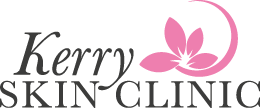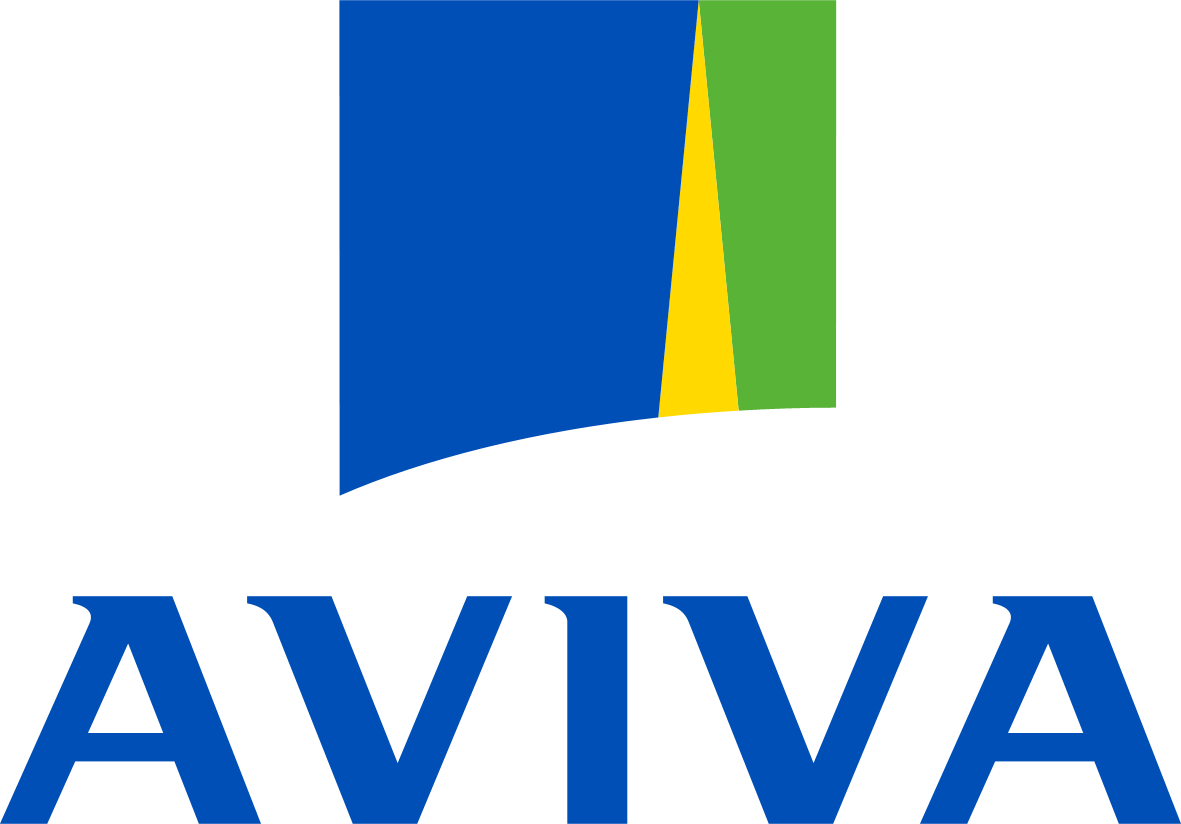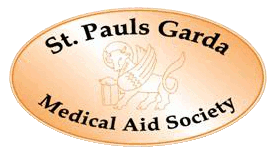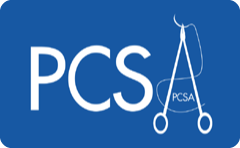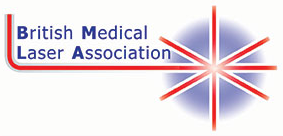Warts
 Download this information as a PDF
Download this information as a PDF
Warts are harmless but can be unsightly and occasionally painful in children. Most children will develop warts at some stage in childhood and although their parents may not like the look of the warts, children are rarely bothered about warts. Warts are due to a strain of the HPV virus, (Human Papilloma Virus) which is harmless but can be contagious.
Studies have shown that more than 60% of warts in children clear without any treatment within two years. This is why most doctors are reluctant to treat warts in children as treatments often involve uncomfortable or painful procedures which is rarely justified for something that is going to clear on its own.
Warts on the feet are also called verruca’s or plantar warts. They are the same as warts on the hands. However, on the feet they can sometimes be painful and uncomfortable. Verrucas do not require treatment in children unless the child is limping as a result of pain.
There are many traditional cures for warts and these are worth trying in children as studies have shown that placebos and traditional cures can have a 27% success rate in children. Common cures include first spit in the morning, apple cider vinegar, banana skins and duct tape. My own favorite is the crossroad remedy. The wart sufferer should rub the wart with stones which is then wrapped in a brown paper bag and left at a local crossroads. Some inquisitive persons will pick up the brown paper bag and by handling the stones heal the patient and acquire the warts themselves over the following six to twelve months. For this to work the child has to do it themselves and have to buy into the belief that something magical is going to happen. The power of persuasion and positive thinking should not be underestimated.
Another popular cure is to visit St. John’s of Mushera’s Well near Mill Street, Co Cork. This holy well has had the reputation for the “cure” for warts for many years hence the name “Tobar Na Faithni”. Warts have been reported to have disappeared within a few months of praying “a round” at St. John’s Well or simply by saying some prayers at the well or by washing ones hands in the well. To get to the Well, take the crossroad from Millstreet, towards Carrigagulla, turn right after about three miles and follow the road towards Macroom for about three miles. St. John’s well is up Mushera Mountain on the left.
There is another holy well in Limerick which has “the cure” for warts. It is known as St Ita’s well (also referred to as St. Bernard’s Well) in the graveyard in Killeedy near the ruins of Cill Ide Church.
Killeedy is five miles beyond Newcastlewest on the Broadford Road. The person with the warts has to go to the holy well and wash the affected areas in water from the well while saying the following words three times “Bubble up, bubble up, blessed well”. If the well is dry simply say the prayer at the well without washing. The warts will clear within three to six months. Please let Dr Buckley know if you were “cured”.
For parents who want a more effective, scientific, evidence-based treatment for warts they could try salicylic acid paints or gels. Popular ones include ”Occlusal” or “Salactol” wart paint. These can be used for warts on the body but not on the face. The wart should be paired down nightly with an emery board, a nail file or a blade. The wart paint is then applied with a brush and left to dry in. This is repeated every night for six or twelve weeks. This is shown to have a 75% cure rate in children.
Another treatment that Dr Buckley can provide in exceptional circumstances when a child has to be treated for warts which are painful or very unsightly is Cantharidin blister beetle juice. This is a juice that is obtained from the Blister Beetle. The solution can be applied to the warts by Dr Buckley under careful supervision. The area blisters within twenty-four hours and heals slowly over the next ten to fourteen days while clearing the warts. This can occasionally be complicated by a skin infection that may require antibiotics to clear it.
Occasionally Dr Buckley can offer the freezing treatment (Cryosurgery) for warts. While this is commonly used in adults it is rarely used in children as it can be painful and uncomfortable. It is sometimes carried out under local anesthetic which involves the pick of a needle which many young children can find painful and threatening. Freezing warts should almost never be carried out in children under the age of six and rarely in children between the ages of six and twelve and only if the child can consent and cooperate to the treatment. The child would also have to be able to tolerate the pick of a needle to apply local anesthetic to the wart before pairing it down and freezing it. An anesthetic cream called “Emla” can sometimes be used to numb the skin before freezing the wart or before injecting the wart with a local anesthetic.
In conclusion, warts in children are probably better left untreated or managed with traditional cures. If the wart is painful or unsightly, parents might choose to treat the warts with an over-the-counter salicylic acid wart gel. In rare circumstances Dr Buckley might consider treating warts in children with blister beetle juice or the freezing treatment but only if the warts are very unsightly or painful and only if the child can cooperate and consent to the treatment
 Download this information as a PDF
Download this information as a PDF
Warts are harmless but can be unsightly and occasionally painful in children. Most children will develop warts at some stage in childhood and although their parents may not like the look of the warts, children are rarely bothered about warts. Warts are due to a strain of the HPV virus, (Human Papilloma Virus) which is harmless but can be contagious.
Studies have shown that more than 60% of warts in children clear without any treatment within two years. This is why most doctors are reluctant to treat warts in children as treatments often involve uncomfortable or painful procedures which is rarely justified for something that is going to clear on its own.
Warts on the feet are also called verruca’s or plantar warts. They are the same as warts on the hands. However, on the feet they can sometimes be painful and uncomfortable. Verrucas do not require treatment in children unless the child is limping as a result of pain.
There are many traditional cures for warts and these are worth trying in children as studies have shown that placebos and traditional cures can have a 27% success rate in children. Common cures include first spit in the morning, apple cider vinegar, banana skins and duct tape. My own favorite is the crossroad remedy. The wart sufferer should rub the wart with stones which is then wrapped in a brown paper bag and left at a local crossroads. Some inquisitive persons will pick up the brown paper bag and by handling the stones heal the patient and acquire the warts themselves over the following six to twelve months. For this to work the child has to do it themselves and have to buy into the belief that something magical is going to happen. The power of persuasion and positive thinking should not be underestimated.
Another popular cure is to visit St. John’s of Mushera’s Well near Mill Street, Co Cork. This holy well has had the reputation for the “cure” for warts for many years hence the name “Tobar Na Faithni”. Warts have been reported to have disappeared within a few months of praying “a round” at St. John’s Well or simply by saying some prayers at the well or by washing ones hands in the well. To get to the Well, take the crossroad from Millstreet, towards Carrigagulla, turn right after about three miles and follow the road towards Macroom for about three miles. St. John’s well is up Mushera Mountain on the left.
There is another holy well in Limerick which has “the cure” for warts. It is known as St Ita’s well (also referred to as St. Bernard’s Well) in the graveyard in Killeedy near the ruins of Cill Ide Church.
Killeedy is five miles beyond Newcastlewest on the Broadford Road. The person with the warts has to go to the holy well and wash the affected areas in water from the well while saying the following words three times “Bubble up, bubble up, blessed well”. If the well is dry simply say the prayer at the well without washing. The warts will clear within three to six months. Please let Dr Buckley know if you were “cured”.
For parents who want a more effective, scientific, evidence-based treatment for warts they could try salicylic acid paints or gels. Popular ones include ”Occlusal” or “Salactol” wart paint. These can be used for warts on the body but not on the face. The wart should be paired down nightly with an emery board, a nail file or a blade. The wart paint is then applied with a brush and left to dry in. This is repeated every night for six or twelve weeks. This is shown to have a 75% cure rate in children.
Another treatment that Dr Buckley can provide in exceptional circumstances when a child has to be treated for warts which are painful or very unsightly is Cantharidin blister beetle juice. This is a juice that is obtained from the Blister Beetle. The solution can be applied to the warts by Dr Buckley under careful supervision. The area blisters within twenty-four hours and heals slowly over the next ten to fourteen days while clearing the warts. This can occasionally be complicated by a skin infection that may require antibiotics to clear it.
Occasionally Dr Buckley can offer the freezing treatment (Cryosurgery) for warts. While this is commonly used in adults it is rarely used in children as it can be painful and uncomfortable. It is sometimes carried out under local anesthetic which involves the pick of a needle which many young children can find painful and threatening. Freezing warts should almost never be carried out in children under the age of six and rarely in children between the ages of six and twelve and only if the child can consent and cooperate to the treatment. The child would also have to be able to tolerate the pick of a needle to apply local anesthetic to the wart before pairing it down and freezing it. An anesthetic cream called “Emla” can sometimes be used to numb the skin before freezing the wart or before injecting the wart with a local anesthetic.
In conclusion, warts in children are probably better left untreated or managed with traditional cures. If the wart is painful or unsightly, parents might choose to treat the warts with an over-the-counter salicylic acid wart gel. In rare circumstances Dr Buckley might consider treating warts in children with blister beetle juice or the freezing treatment but only if the warts are very unsightly or painful and only if the child can cooperate and consent to the treatment.
Warts are tumours or growths of the skin caused by infection with Human Papillomavirus (HPV). More than 70 HPV subtypes are known. Warts are particularly common in childhood and are spread by direct contact or autoinocculation. This means if a wart is scratched, the viral particles may be spread to another area of skin. It may take as long as twelve months for the wart to first appear.
 Download this information as a PDF
Download this information as a PDF
Warts are tumours or growths of the skin caused by infection with Human Papillomavirus (HPV). More than 70 HPV subtypes are known. Warts are particularly common in childhood and are spread by direct contact or autoinocculation. This means if a wart is scratched, the viral particles may be spread to another area of skin. It may take as long as twelve months for the wart to first appear.
 Download this information as a PDF
Download this information as a PDF
Although now we know that warts are caused by a virus and are therefore contagious, there is still much to learn about the nature of the condition. Why is it, for example, that some people tend to contract warts more readily than others? And why do some warts disappear overnight for no apparent reason? Whatever the answer to these questions, it is clear than many people suffer pain and embarrassment because of their warts. Modern treatment can, when properly applied, go a long way towards alleviating the problem.
 Download this information as a PDF
Download this information as a PDF
CRYOSURGERY CLINIC
1. Liquid Nitrogen Cryosurgery is an extremely effective treatment for the destruction of unwanted tissues like verrucae, warts, certain types of skin cancers and other skin growths, with minimal scar formation. Occasionally, there may be residual discoloration in the treated area. This is usually temporary, but it can take several months for the normal skin colour to return.
2. Liquid Nitrogen is extremely cold (-1960 centigrade). Its application causes rapid freezing to produce an instant and intense frostbite, the extent of which can be accurately controlled. For larger lesions your doctor may use a topical or local anaesthetic (like a dental anaesthetic) to numb the area before treatment.
 Download this information as a PDF
Download this information as a PDF
Cryosurgery has a number of unique advantages that make it ideally suitable as a surgical modality in primary care.
- Suitable for a wide range of indications in primary care.
- Short treatment times.
- Little or no scarring.
- Low set up and running costs.
- Techniques are relatively easy to learn.
- Low incidence of side effects.
- Low risk of cross infection.
- Immunstimulation (cryoimmunization)
- Equipment highly portable.
 Download this information as a PDF
Download this information as a PDF
Genital warts are very common. They are caused by a virus, the human papillomavirus (HPV).
- There are at least 100 different types of HPV; at least 40 can infect the genital area.
- At least 75% of sexually active adults have been infected with at least one type of genital HPV at some time in their life.
- Most do not develop visible warts; the infection may show up on a cervical smear. This is known as subclinical infection.
- Visible genital warts are often easy to diagnose by their typical appearance. They are usually due to HPV Types 6 and 11.
- Some genital warts are often called squamous cell papilloma.

